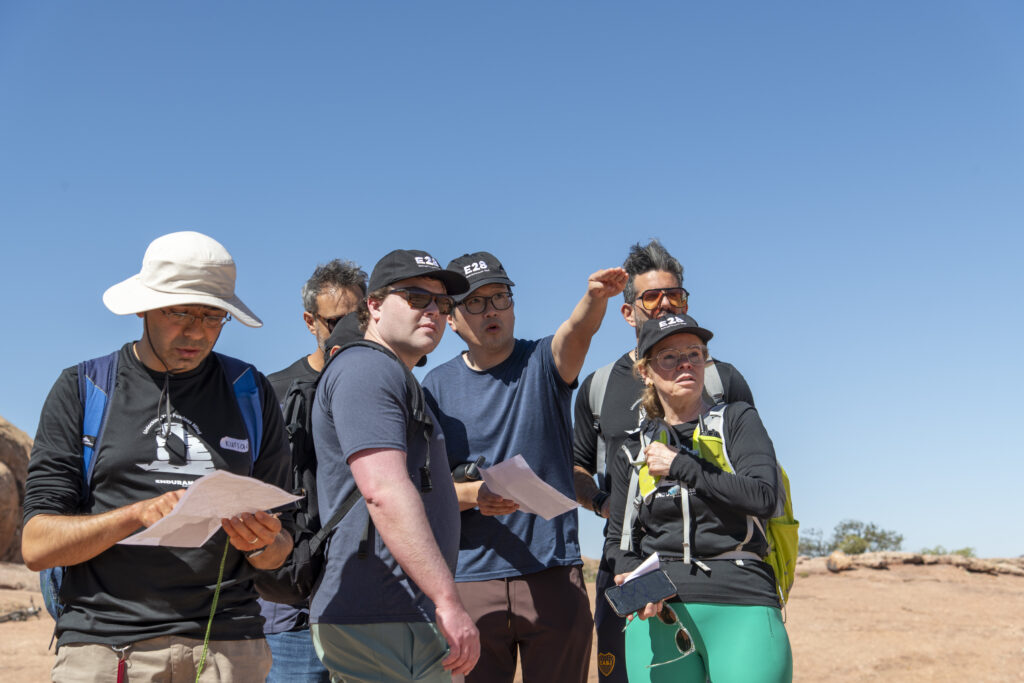
Compass & Conviction: Navigating with Purpose
May 3rd, 2025 – Endurance 28 Expedition with the Ambitious Rebels
By Jared Campbell
On May 3rd, 2025, the Endurance 28 team led our founding cohort—the Ambitious Rebels—on a bold experiential exercise: Compass and Conviction. This wasn’t your typical team-building activity. Set against the backdrop of nature’s unpredictability, this challenge invited participants to venture beyond comfort zones and into the realm of practical navigation and adaptive leadership.
We began with a primer in backcountry travel—introducing core skills such as how to read a compass, take a bearing, and interpret diverse map data sets. Participants learned to examine satellite imagery to assess terrain types, decoded contour lines to understand gradient shifts, and used map scales and trail markers to estimate distance and terrain complexity.
Armed with this toolkit, the group was divided into two teams and handed the first piece of the journey—a map revealing the opening leg (of three) of their route. Each team had a silent guide: someone who knew the way but acted solely as an observer, documenting how decisions unfolded. Below are several key takeaways—lessons that resonate far beyond the trail and into the world of business leadership.

Taking the First Step: From Hesitation to Momentum
Before setting out, both teams took time to align. Huddled around maps, they debated direction, each cautious about that crucial first step. The early part of the journey involved frequent stops—every 50 feet or so—as teams tried to interpret every subtle turn in the road. Eventually, someone voiced what became a breakthrough: “We won’t need to analyze every bend unless there’s a major junction. Let’s get some distance into this and then reassess.” With that clarity, confidence grew, and the pace quickened. The teams had taken their first real step—not just on the trail, but toward team autonomy.
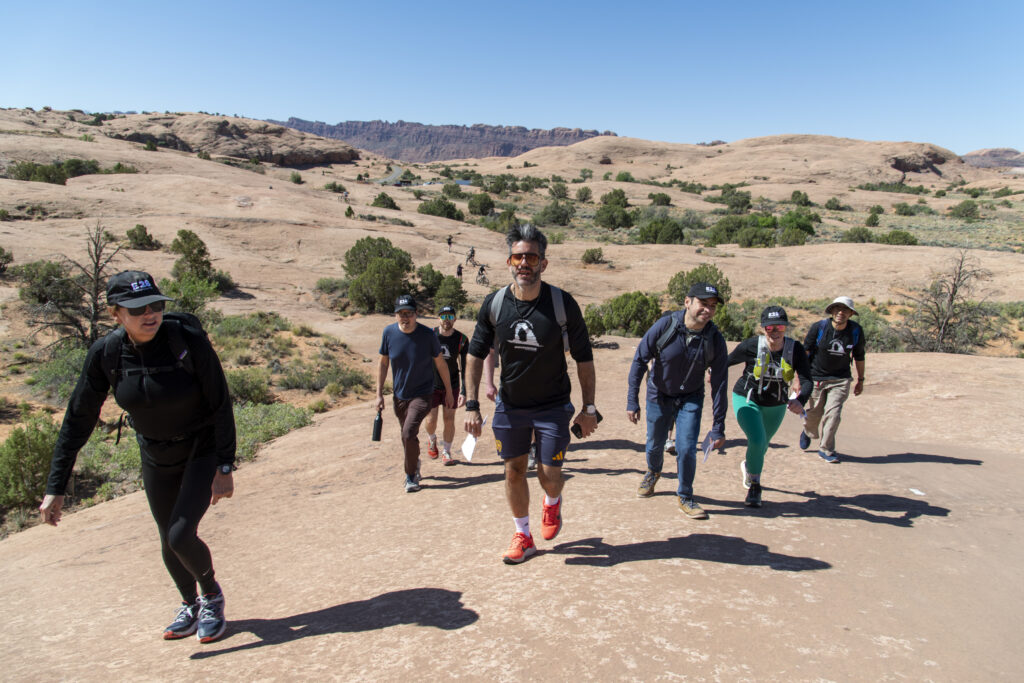
Roles & Responsibilities: Leadership in Motion
Roles emerged organically, dictated more by curiosity than command. One person took charge of the compass. Another studied the map. Someone else proposed a novel system: count your steps to estimate distance. Quickly, this evolved—stride lengths were averaged, and estimates became more accurate. It was a live experiment in collective intelligence.
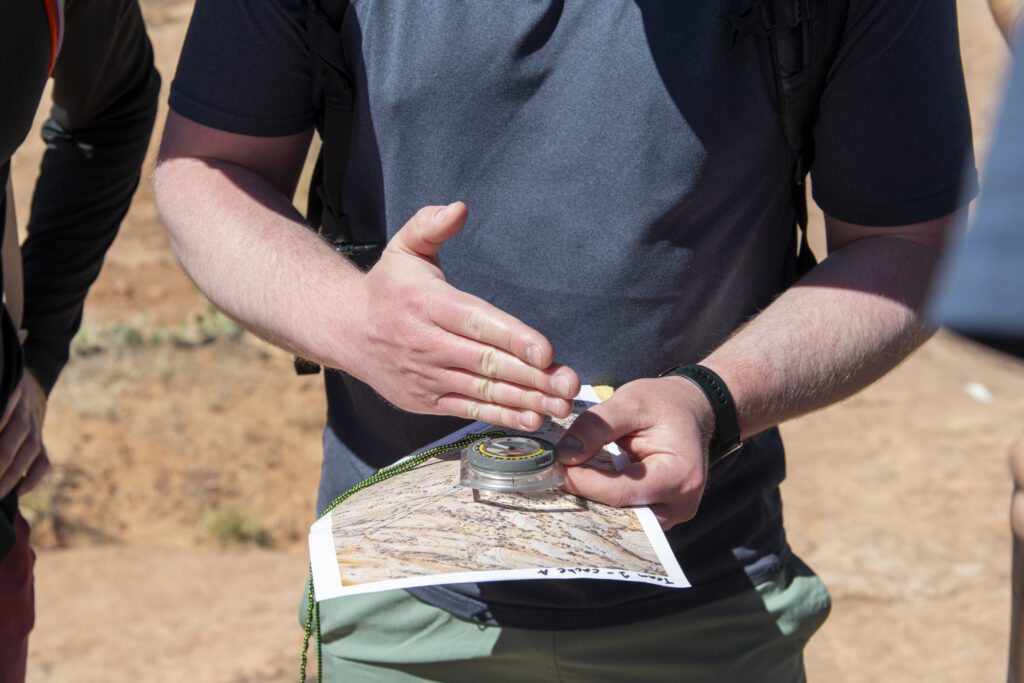
Zooming In, Zooming Out: The Power of Perspective
The second leg began at a high vantage point. With the earlier training fresh in minds, the teams identified a distant landmark that would serve as their guiding North Star. Even as they descended into terrain that was uneven and uncertain, they could always “zoom out,” reorient, and recalibrate their progress toward that clear objective. It became a living metaphor for strategic foresight: keep the big picture in mind, even when navigating the weeds.
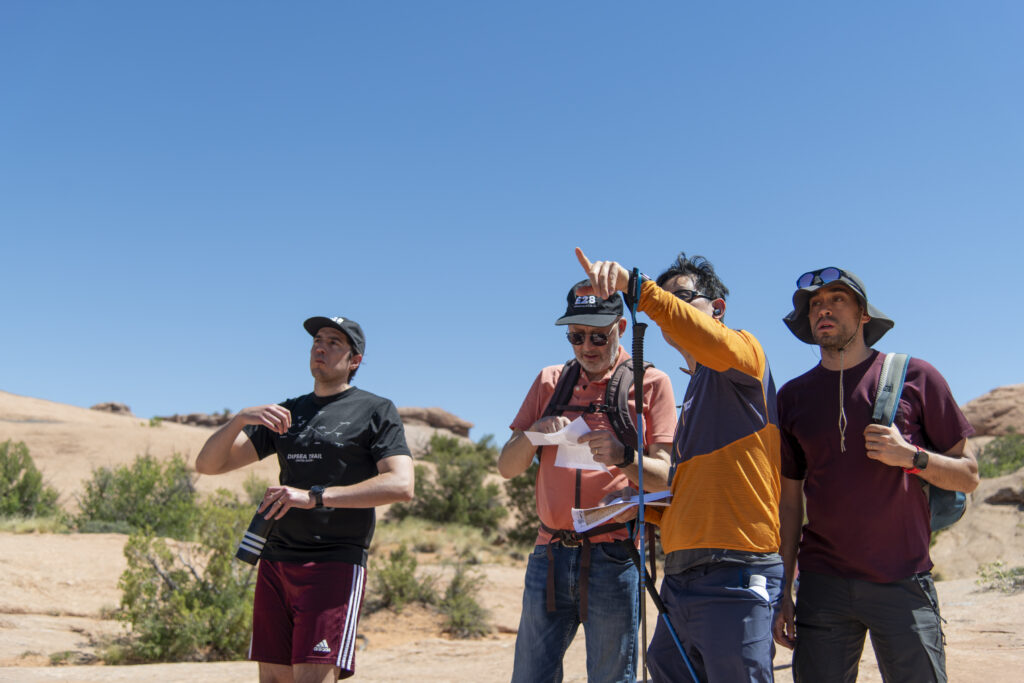
Accountability: Everybody… or Nobody?
Early on, one leader suggested everyone count their steps to calculate distance. It seemed like a sound strategy—until the check-in. Nearly everyone had assumed others were handling the task. The result? No usable estimate. As one team member wryly noted, “Everybody, but nobody.” It was a simple but powerful lesson in the importance of ownership and clarity: when everyone’s responsible, no one is.
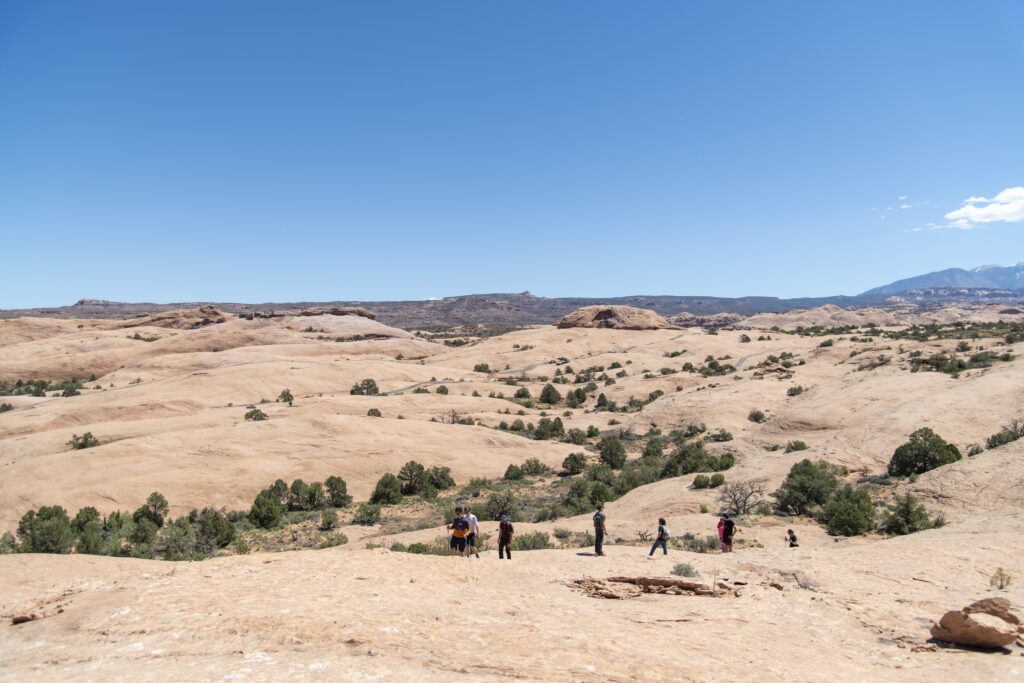
Cohesion Under Pressure: The Turning Point
In the early miles, spirits were high and energy abundant. Some wanted to push forward, others preferred a more deliberate pace. Inevitably, that created tension. Yet as the day wore on, the sun climbed, and dehydration set in, the team arrived at a natural fork: pause and rest, or push on?
The consensus was swift—press forward. In that moment, something shifted. The faster hikers began to assist others. Conversations changed. What had been a collection of individuals became a single, unified team. From here, they moved with shared purpose—and the pace improved.
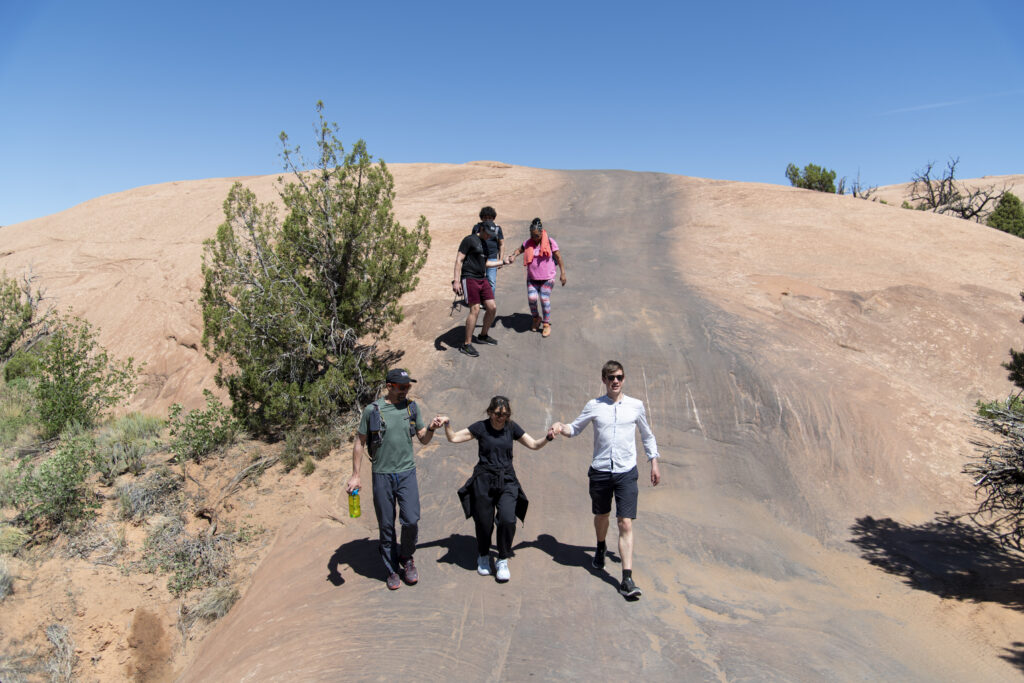
Pasito a Pasito: One Step at a Time
Over the course of several hours, the teams learned more than just backcountry navigation. They experimented, adapted, established roles, and discovered that unity often emerges under pressure. One team adopted a mantra that carried them through to the end:
“Pasito a Pasito” — step by step.
It’s a phrase that perfectly captures the spirit of the exercise—and perhaps of building anything meaningful in the business world.
Small, intentional steps. Together. Forward.
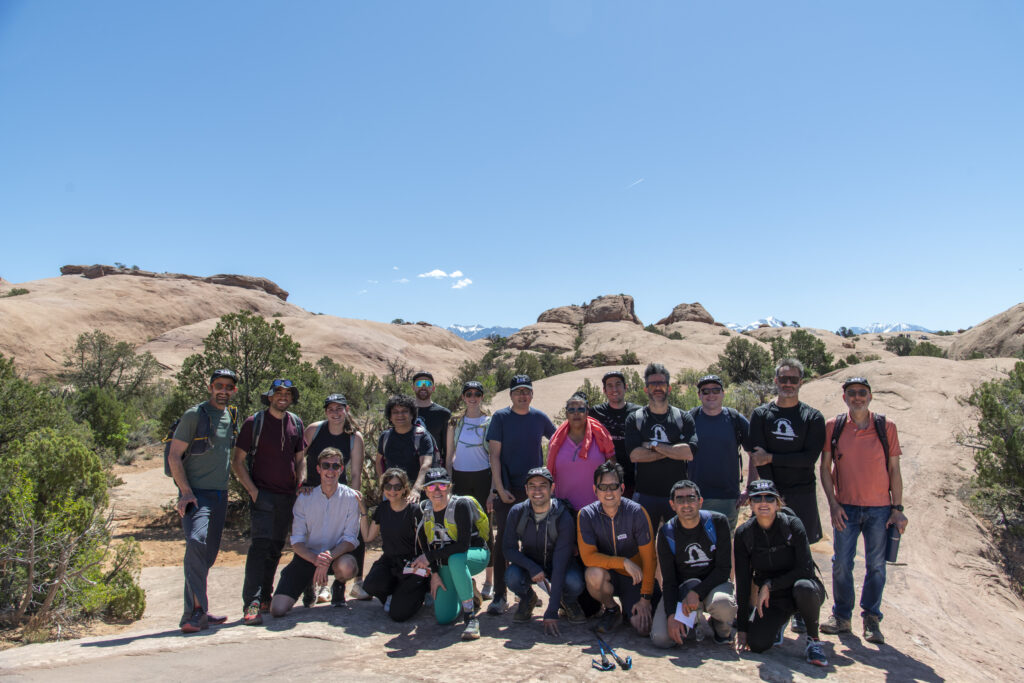
Let this journey serve as a reminder: strategic progress isn’t always about speed. It’s about clarity, cohesion, adaptability, and above all—conviction in every step.
